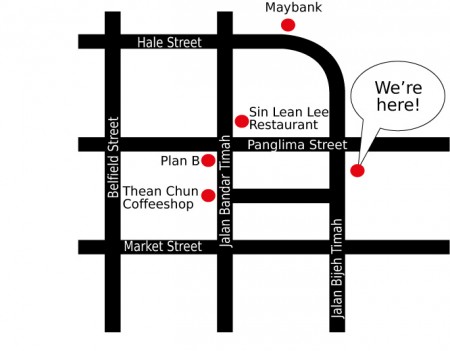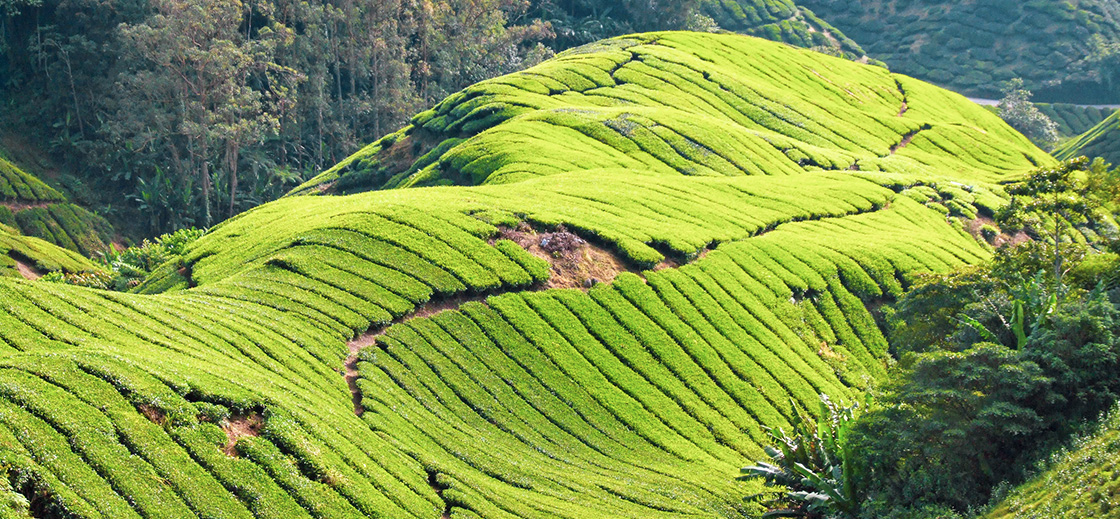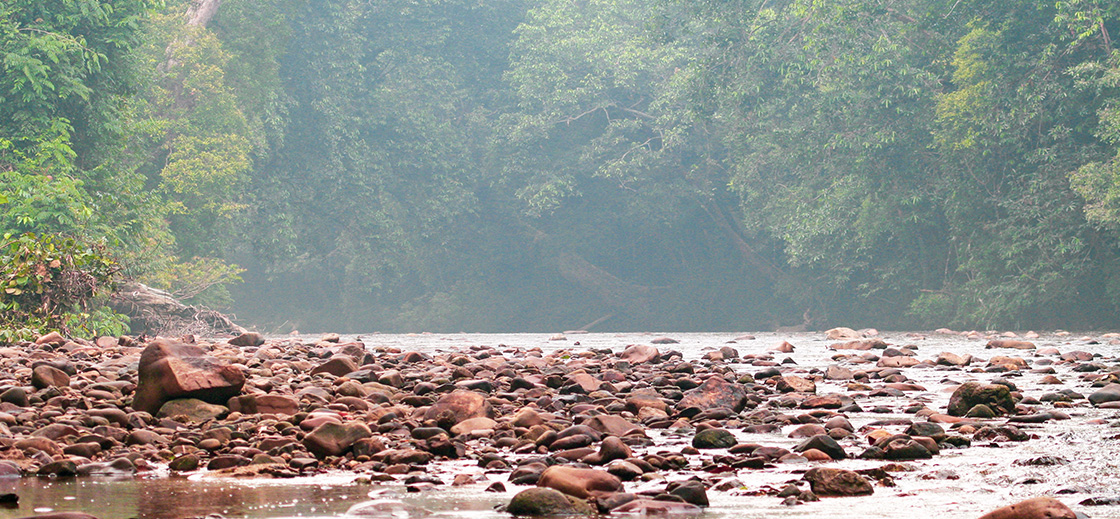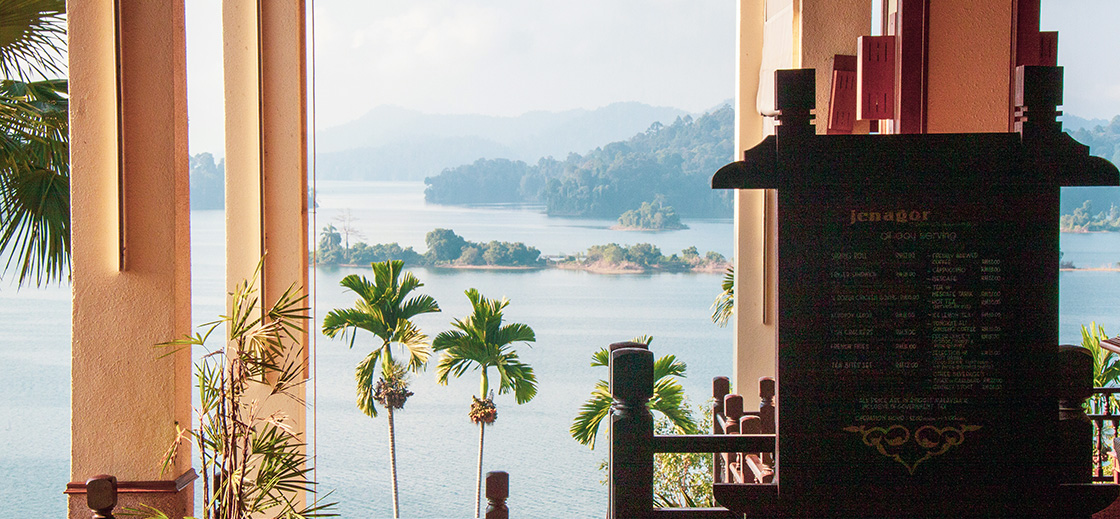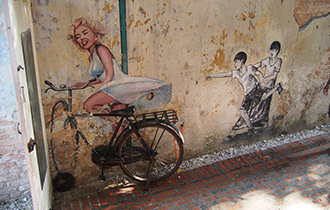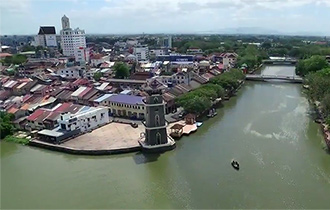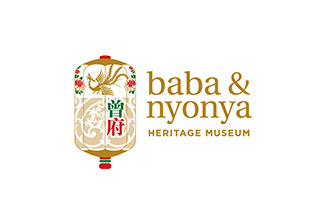Advised by the receptionist of the Cititel Express Hotel, we booked a tour at the Han Chin Pet Soo museum-exhibition. The booking system at ipohworld.org/reservation was simple and effective and we received an email confirmation of our booking within minutes. Advised that it was only a short walk to the venue we set out to explore the town on the way – despite the 32°C.
Arriving some 10 minutes before start time we were greeted on the steps by two of the building’s guides, Leong and Christie who having checked our booking ushered us into the delight of the air conditioned dining room. And what a delight it was with 100% period furniture and the table laid out for dinner with chopsticks, enamel plates and mugs under the original art-deco lamps. From his vantage point high up on the wall, Leong Fee, the founder gazed benevolently upon us, although I swear his eyes followed us wherever we went. Mentally we stepped back in time.
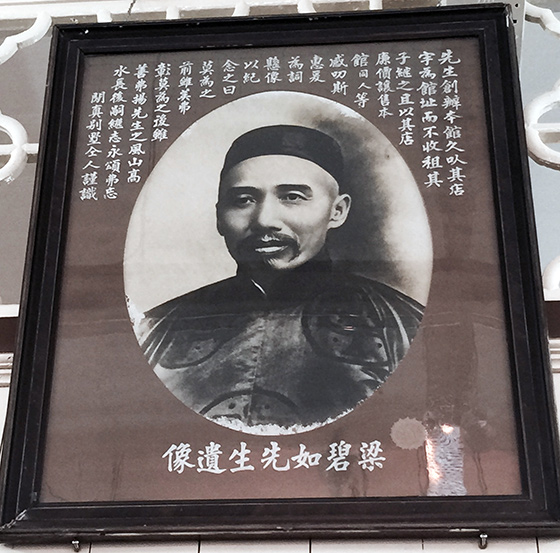
The tour started punctually with Christie (who incidentally speaks four languages) leading. It was a fascinating and lively introduction with stories of the tin miners and their multiple wives (one is enough for me!), concubines and “dancing girls”. Not surprisingly we learned that wives were never allowed in the club! My camera never stopped clicking.
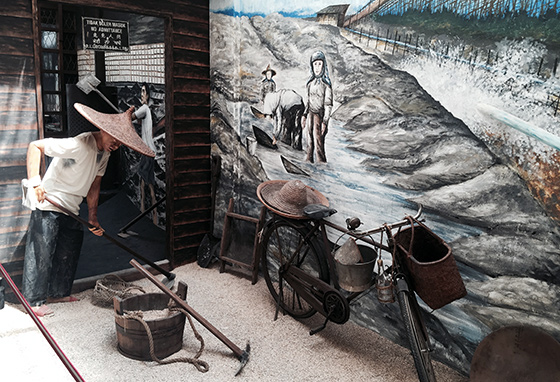
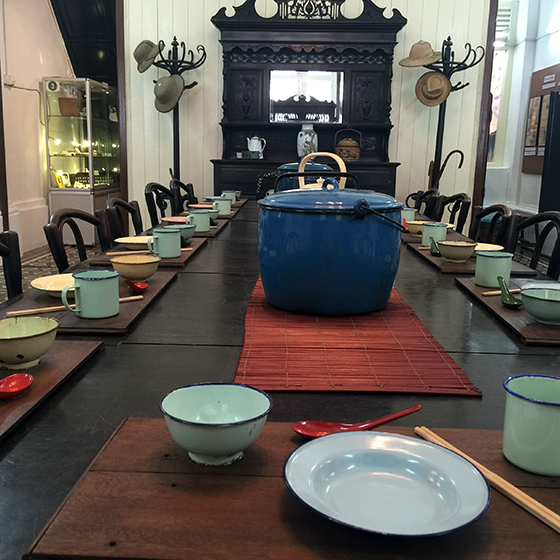
Soon we were into history as the club was founded in 1893. This was well done with just enough detail to keep up our interest. Here we found out that the current building dates from 1929 and was one of the first to have electricity in Ipoh. For the dedicated historian there is much more detail in English, Malay and Chinese at every point throughout the building.
Then we moved to the next room pausing at a showcase to learn about sacrificing animals to the God of the Earth, centuries old tin money and a 100 year old Hakka lady’ hat. Then it was on to the tin mine! YES a tin mine inside the building and a small cinema that showed a Hollywood movie from the 1940’s that provided all you needed to know about mining in a fast-moving 11 minutes. With that knowledge in mind we traversed the tin mine with our guide and found ourselves in the original 1929 kitchen complete with the cook, Ah Toh. Among the range of kitchen equipment, the brass machine for making Chinese sausages caught my eye as did the old pumped fly spray I knew so well from my childhood. Nostalgia took over.
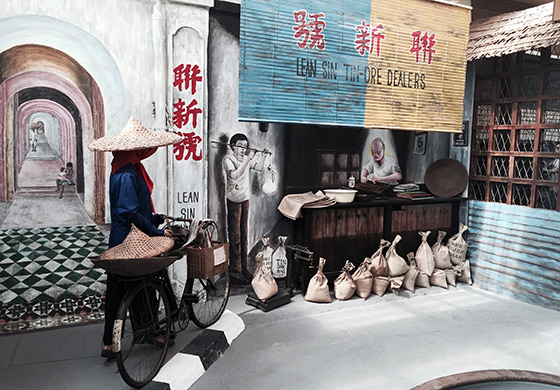
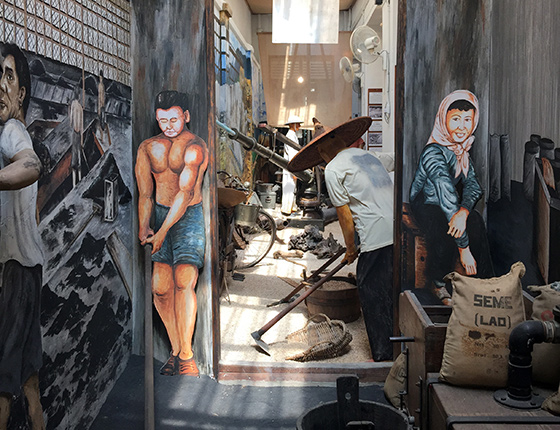
Then came the big surprise for in what was once the air-well of the building, Commander Ian Anderson the designer and curator had created a town square. This was a photographic delight with original artifacts and period hats to be worn, against wonderful backdrops painted by local teenagers. But the story of the bucket toilet made us cringe!
Then as we climbed the stairs to the first floor it was time to change the scene and learn about the club members and their activities.
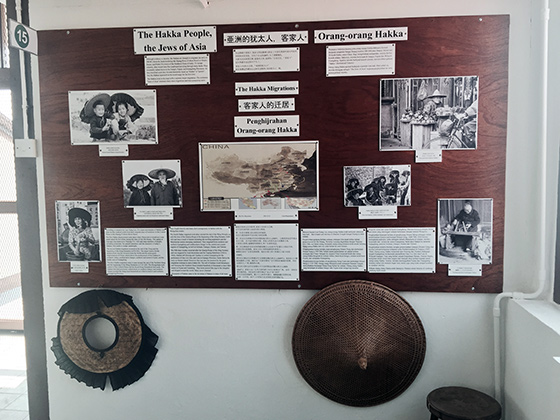
The initial experience, right at the top of the stairs, was an unusual, but not unpleasant odour emanating from an opium den, complete with smokers. Here we learned that opium was one of the four evils that afflicted all Chinese immigrants in the early days; the others being gambling, prostitution and the Triads (Secret Societies). One surprising fact was that the prostitutes had been almost solely Japanese and that they could be procured at one time for just one cent!
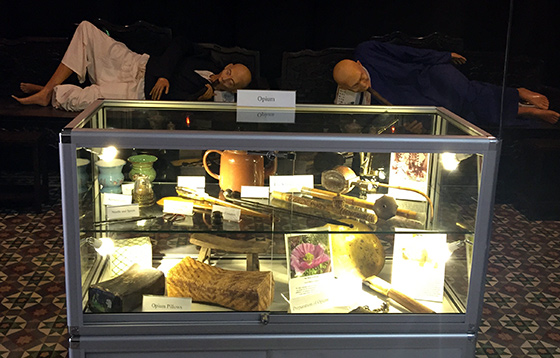
Having declined Christie’s invitation to share an opium bed with the smokers, the next stop was the VIP or gambling room where the “dancing girls” entertained the gamblers to the background sounds of Mahjong tiles and a Japanese singer that really brought the scene to life. Here Christie told us about some of the famous old miners and their gambling games and pointed out the period clothes all beautifully presented. Of course there was also a bar, a radio and a gramophone. Wine, women and song! – what more could a man need? More photographs!
Then it was time to ascend to the top floor – the guest floor – where the two bedrooms demonstrate changing fashions and styles and to our amusement there was even a set of dentures in a glass! Such is the finite detail incorporated into this exhibition. For those who need more facts there is also a detailed history of the Hakka people (the Jews of Asia) over some 1,000 years and a true story of one Hakka immigrant, who came to Ipoh in 1926. Another 13 minute video provides more.
All too soon it was time to leave behind the 4-poster beds with their mosquito nets and other trappings of Victoriana and descend to the secretary’s office and the dining room where we were regaled with stories of Hakka food – all meat with almost no vegetables. We learned that Commander Ian’s favourite food was pig’s feet in vinegar – Ugh! The tour completed with a brief reminder of the unique architecture of the building including the wonderful Peacock tile that in Chinese mythology stand for dignity and beauty – and we always thought they were Indian!
Christie’s last gift to us was to point out the old red postbox at the door which was now to be the recipient of our donations towards the upkeep of this grand building for there had been no charge for entry. We donated gratefully for it had been the perfect way to spend 90 minutes of our trip to Ipoh. The building restoration is first class and the detailed exhibition and tour provides a wonderful insight into the life and labours of the early Chinese immigrants to Malaya. We recommend it to you all.
More details of the exhibition can be found at ipohworld.org/exhibition.
Address
No. 3, Jalan Bijeh Timah (Treacher Street)
30100 Ipoh
Perak
